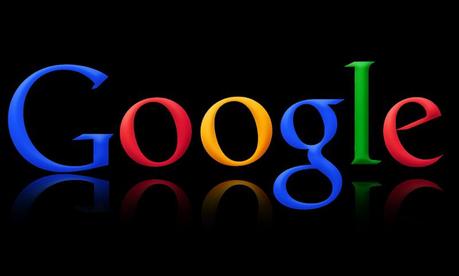
Google developed a process for determining reachability, and the patent was accepted on the day of November 6, 2012. Google’s activity is always closely monitored by SEO-s, and when the patent came out, we soon saw the first article about it: Does Google Use Reachability Scores in Ranking Resources? via @bill_slawski . Now, every time Google does something that could be interpreted as a sign of a new algorithm change, webmasters wonder what the next thing Google has in mind and how to prevent their websites from being hit. So, the real question here is the one from the title: Is reachability score out to get you?
To answer this question we must first see what the reachability score is.
Google’s Newest Patent
If one visits the original page containing the patent documentation, they will find an extensive explanation of the process Google patented. However, what is important here is to comprehend how this would reflect on the actual search results. The patent speaks about calculating a reachability score for each page (primary resource) based on the content that the page links to, and this content is called the secondary resource. According to Google, both primary and secondary resources could consist of a document, an image, or multimedia content.
The score for the primary resource could be determined according to an aggregation of multiple users’ interactions with the secondary resource, which would comprise a median access time or a click-through-rate. The calculations could even extend to the tertiary resource.
In practice this means that the websites you link to could influence your rankings in Google.
Porridge on the Menu
There is also another great article (by @clevergareth ) explaining reachability. In this article the author used the example of a restaurant selling porridge. The blog of that restaurant would contain, among other texts, an article about porridge-what it is, why it is good, etc. In this article, there would be links pointing towards useful resources about the porridge. These resources could link to tertiary resources, which wouldn’t necessarily need to be about the oatmeal, but maybe about the nutrients oatmeal contains. The more quality the secondary and the tertiary resources provide, the better the rankings of the primary resource are.
Even YouTube is starting to change the way their videos are ranked, according to the time visitors spend watching the video. This resembles the way secondary resources could be assessed for determining the reachability score.
Concerns Related to Reachability
This new patent raised questions and concerns, the same way some other Google innovations did in the past. I stumbled upon a thread on the Webmaster World forum, where one of the users was worried because in his niche many of the useful resources at his disposal were made by people who are passionate about the topic of their website but do not know much about SEO or Google’s Webmaster Guidelines. And he wrote:
“In my niche, many of the websites I link to would probably be considered low quality by WW members and Google, probably Bing too. But these sites provide real value for the user often providing very hard to find info.”
It may be of certain importance that these websites are not optimized according to Google’s rules, but what I think is that the user engagement is the main thing here. The things taken into consideration for calculating the reachability score are based upon user engagement, so if the secondary resource is useful, it would certainly have a positive influence on the user engagement and consequently on the reachability score.
So, what is to be done?
Taking all the matters into consideration, I can only suggest that you be more careful with choosing the websites you are going to link to. You need not be a proficient SEO to be able to see whether the content you link out to is of high quality and useful to your readers. This is the only thing you can do preemptively. The rest is up to Google to see whether they will use this patent and how.
Who Wrote This? Alex Petrovic – Associate Account manager at Dejan SEO Sydney
Original Content by SEO Andy @ Is Reachability Score Out to Get You?

